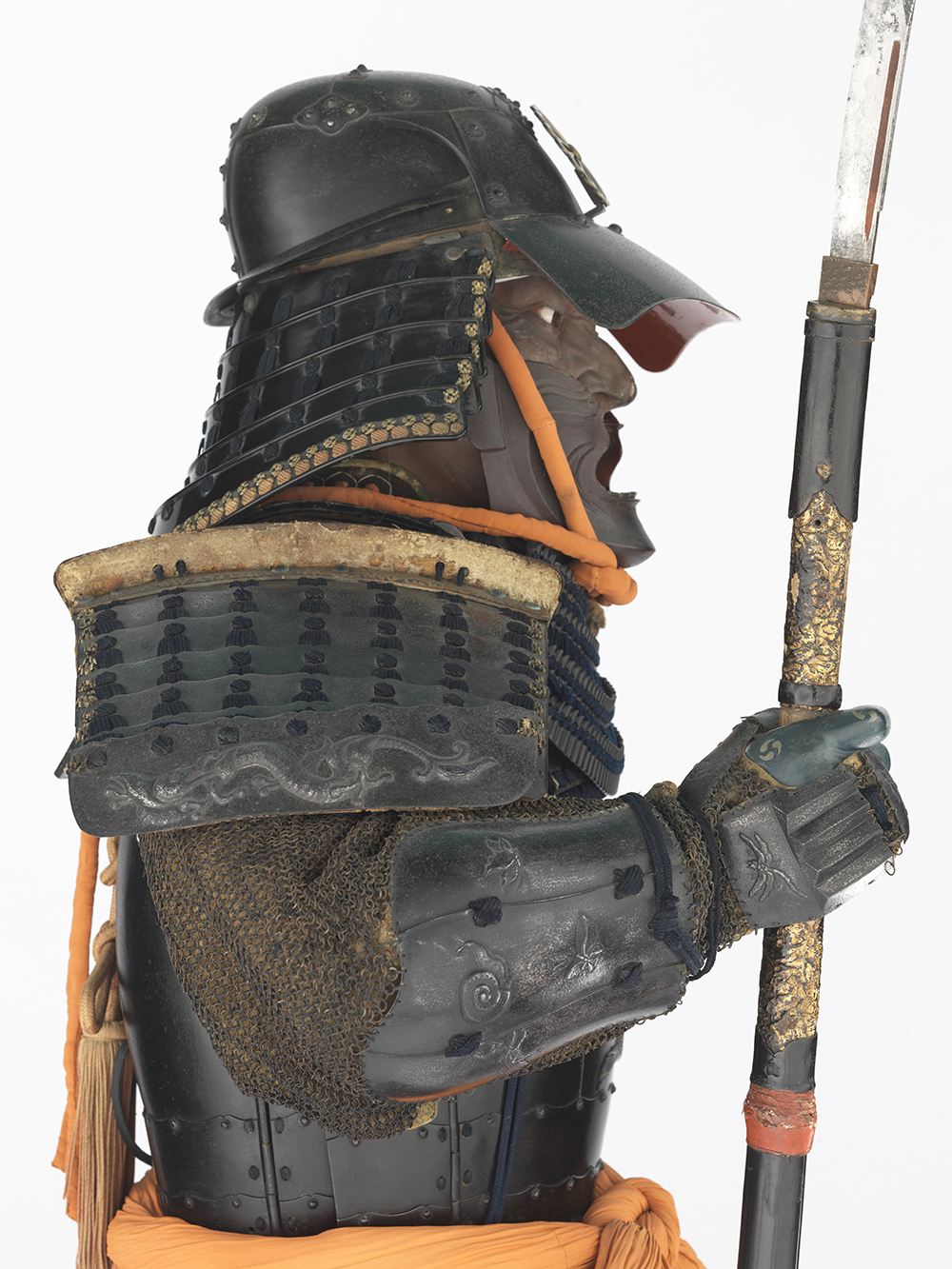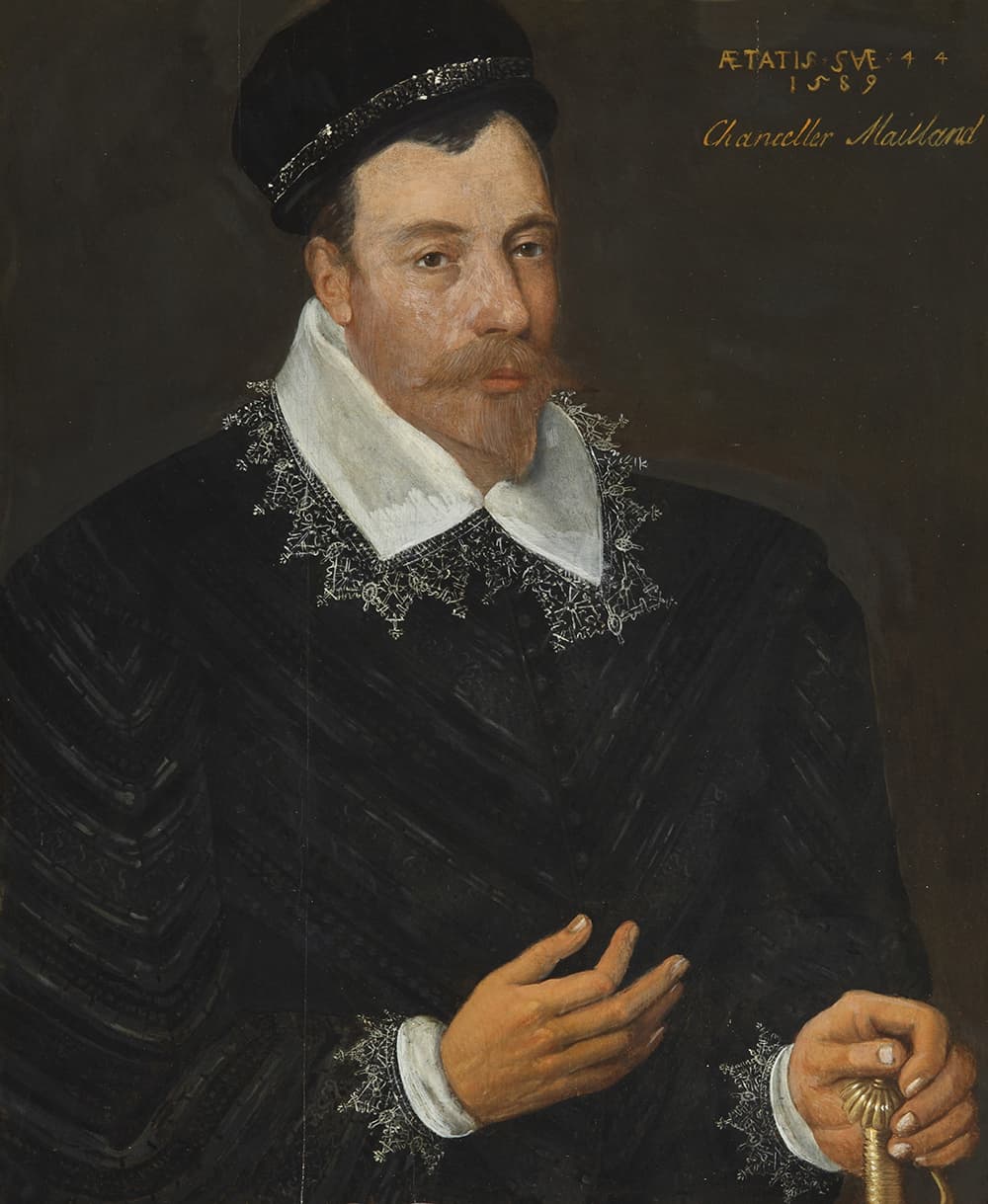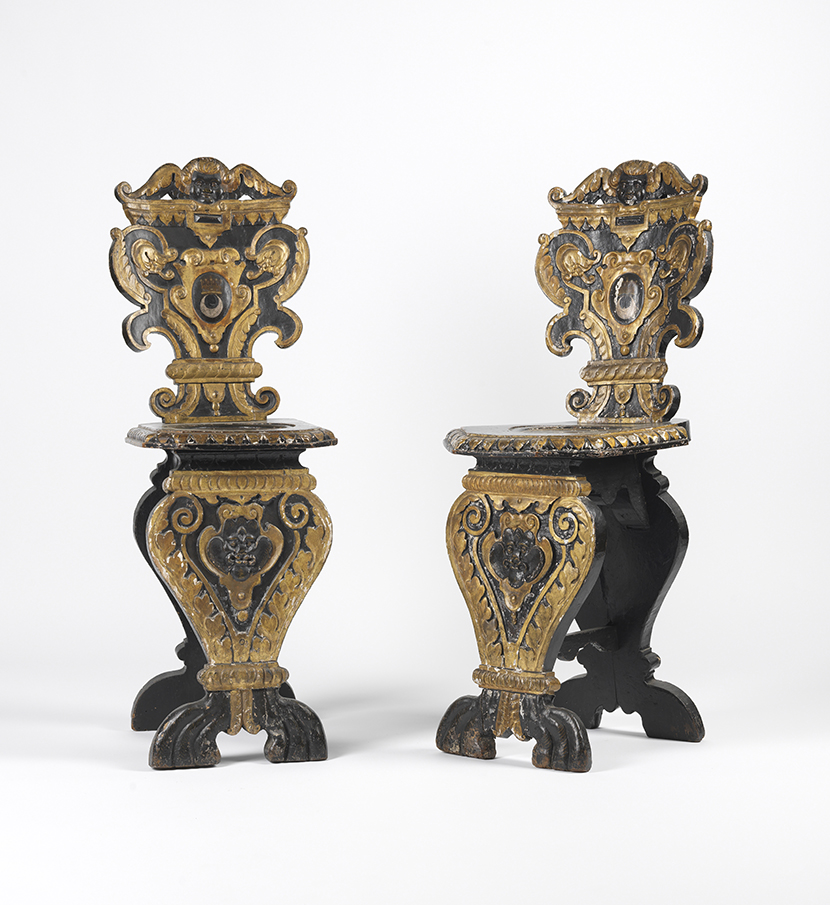The Royal Oak provides $4 Million in funding to the Decorative Arts Conservation Studio at Knole
Royal Oak has announced a major gift to the National Trust of $4 Million in honor of the 125th anniversary of the Trust’s founding. The gift will be directed to the Decorative Arts Conservation Studio at Knole enabling the Trust to tackle several hundred significant and high-profile objects over the next 5 years, benefiting historic places across the organization.
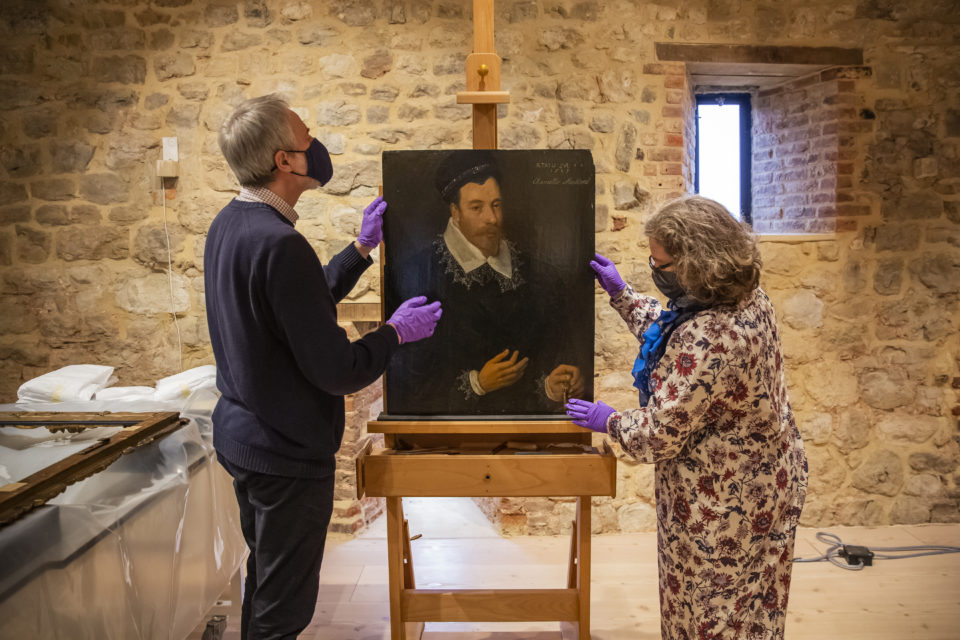
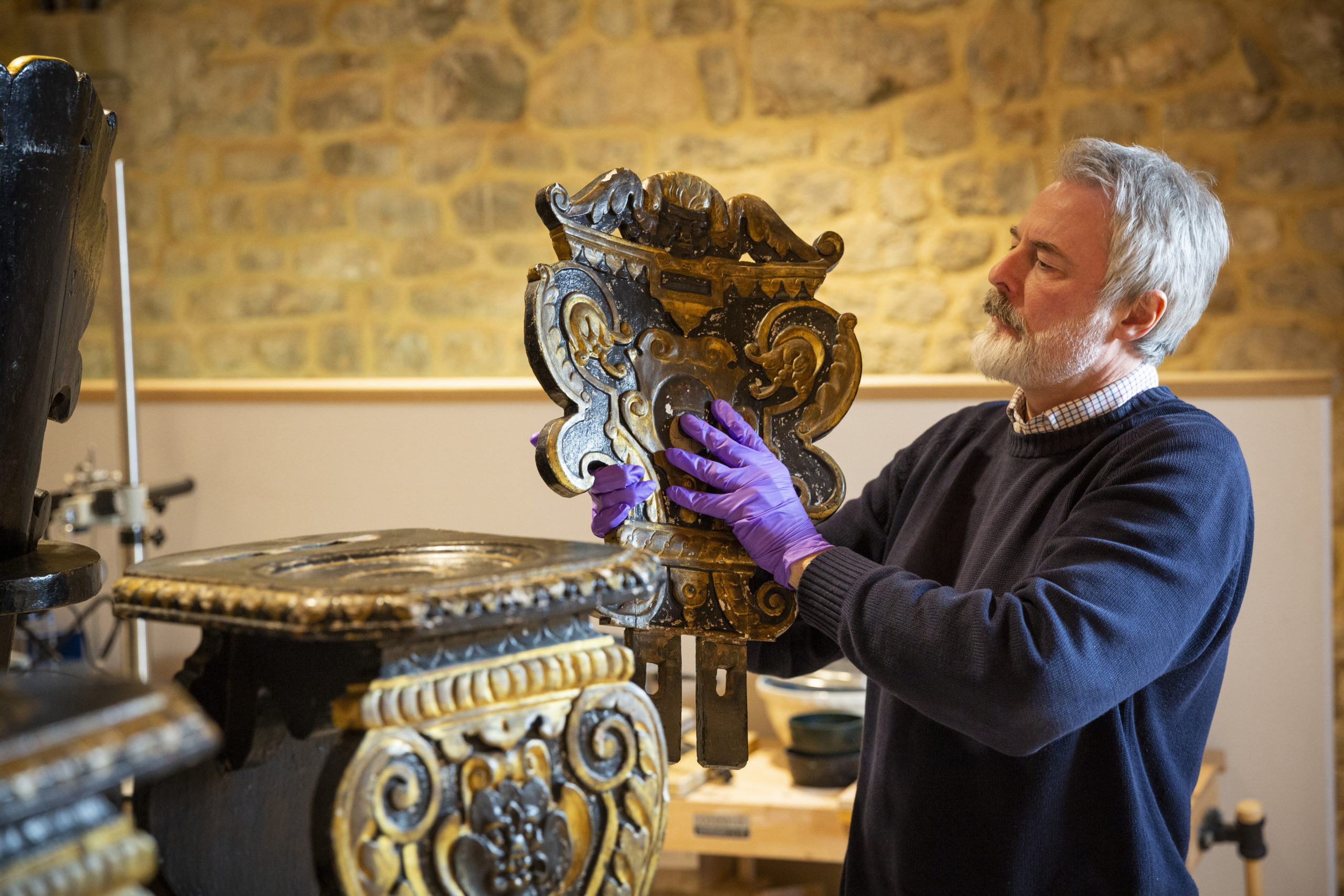
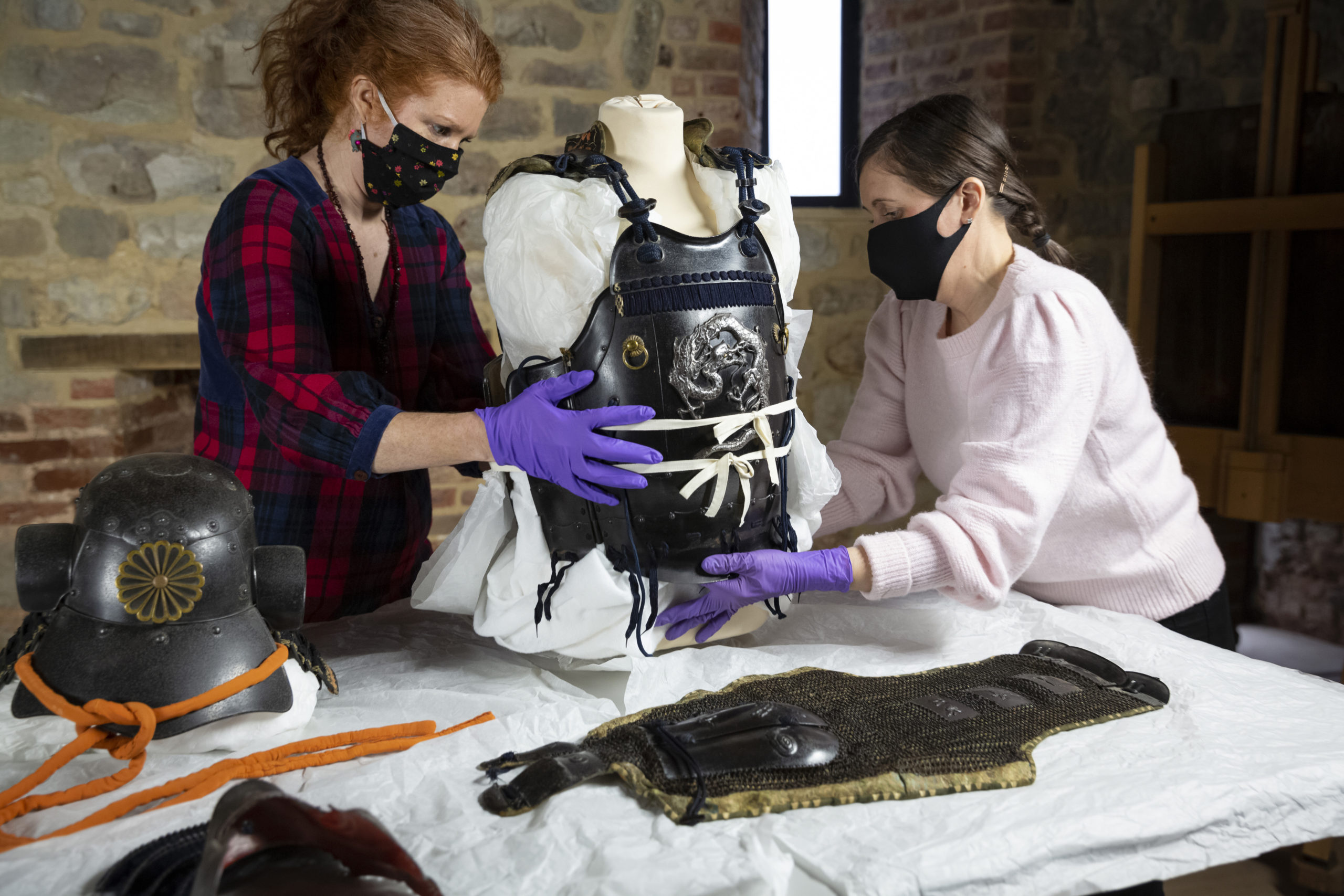 Samurai armour from the National Trust’s Snowshill in Gloucestershire, is being conserved thanks to funding from the Royal Oak Foundation.
Samurai armour from the National Trust’s Snowshill in Gloucestershire, is being conserved thanks to funding from the Royal Oak Foundation.